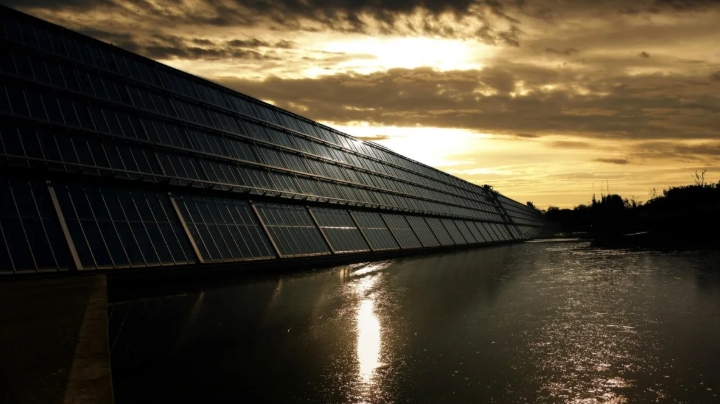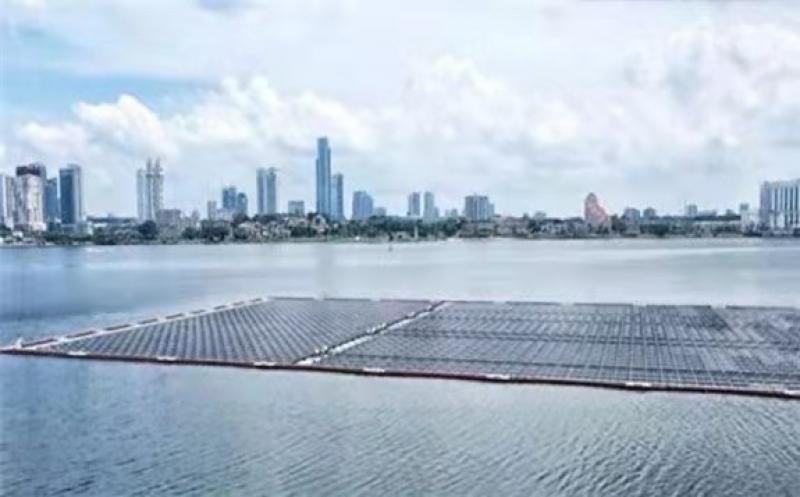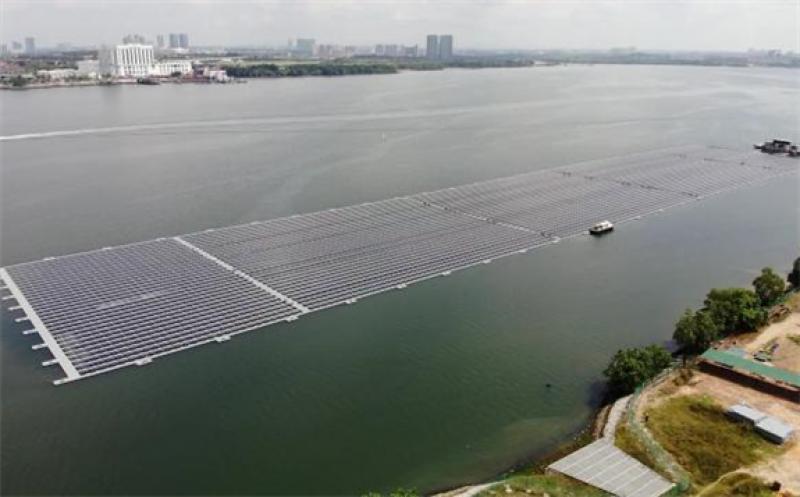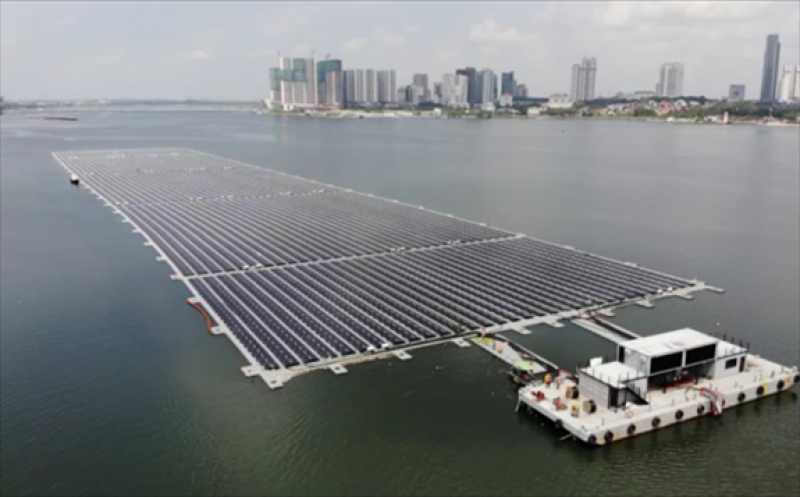The Federal Energy Regulatory Commission (FERC) 2020 assessment of smart metering and demand response indicates continuing increasing penetration.
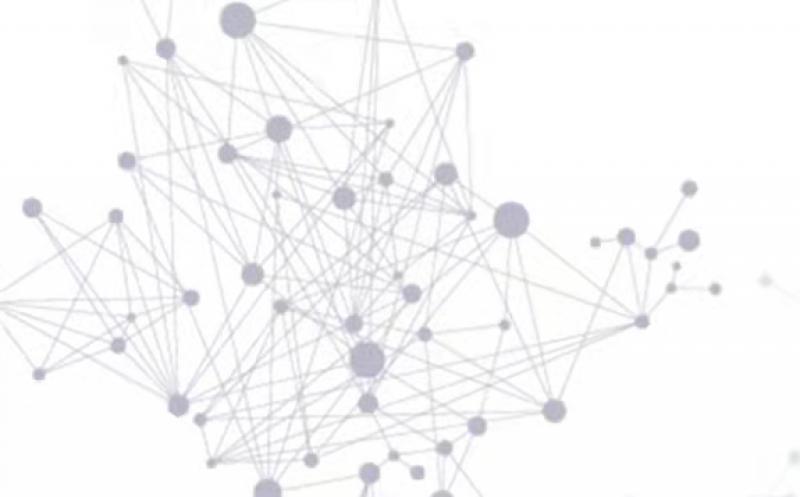 Image: FERC
Image: FERC
The report presents the latest available estimates of advanced meters in the US at December 2018 from the Energy Information Administration (EIA) at 86.8 million and from the Institute of Electric Innovation at 88 million. These correspond respectively to penetrations of 56.4% and 57.1%, based on a total of 154.1 million meters.
Approximately 8 million additional advanced meters were installed during 2018, similar to the previous year, and reflecting a continuing increase in the penetration by 4-5% annually. The EIA’s December 2017 penetration estimate was 51.9% and 46.8% at December 2016 (the Institute for Electric Innovation’s estimate which tends to be consistently higher was 47.6% at December 2016).
The figures also indicate the deployment of over 80 million smart meters over the past decade, with FERC’s first assessment recording 6.7 million meters with a 4.7% penetration as at December 2007.
Nevertheless, there are marked differences in penetration across the country, ranging from just 6.4% in Hawaii and 12.2% in the Northeast Power Coordinating Council region to 92.8% in the Texas reliability region.
There also are differences by customer class but in 2018, the estimated penetration for each of the three classes, residential, commercial and industrial, rose above 50% for the first time.
Some of the utilities recording the greatest increases in smart metering from 2017 to 2018 included Duke Energy Carolinas with 799,000 additional meters, PacifiCorp with 517,000 additional meters and Ohio Power Company with an increase of over 483,000 meters.
The report comments that since the last assessment was issued (December 2019), electricity utilities in states across the country, including Missouri, New Jersey and New Mexico, introduced new proposals or were granted permission to submit proposals for advanced meter deployments.
In general, state regulators are requesting or requiring greater justification from utilities for investments in advanced meters, says the report. They are requiring utilities’ advanced meter plans to clearly demonstrate how the meters will produce customer savings, identify and mitigate system outages and facilitate more dynamic rate offerings.
Demand response assessment
The report finds that in 2018, customer enrolment in retail incentive-based demand response programmes and retail dynamic pricing programmes increased by 311,300 customers and 722,149 customers, respectively.
Total enrolment in both types of programmes was greater than nine million customers in 2018.
Retail dynamic rate designs continue to incorporate distributed energy resources and electric utilities are increasingly exploring their impact on demand response and dynamic pricing programs while also crafting specific rates and rate programmes for electric vehicles owned by residential customers.
From 2018 to 2019, demand resource participation in the wholesale markets increased by approximately 2,734MW, or 9%, to a total of 32,408MW. In 2019, for the first time since 2015, the Southwest Power Pool reported demand response capability in its markets and introduced tariff changes to allow for demand response resources and behind-the-meter generation to meet resource adequacy requirements.
The report notes that regulatory barriers continue to limit customer participation in demand response programmes, including time-based rate programmes. However, regulators and utilities continue to consider how best to use new streams of information from advanced meters and customer-sited resources to optimise grid operations and provide for greater participation in demand response programmes.
The FERC 2020 report is the latest annual assessment issued as a requirement of the Energy Policy Act of 2005.
